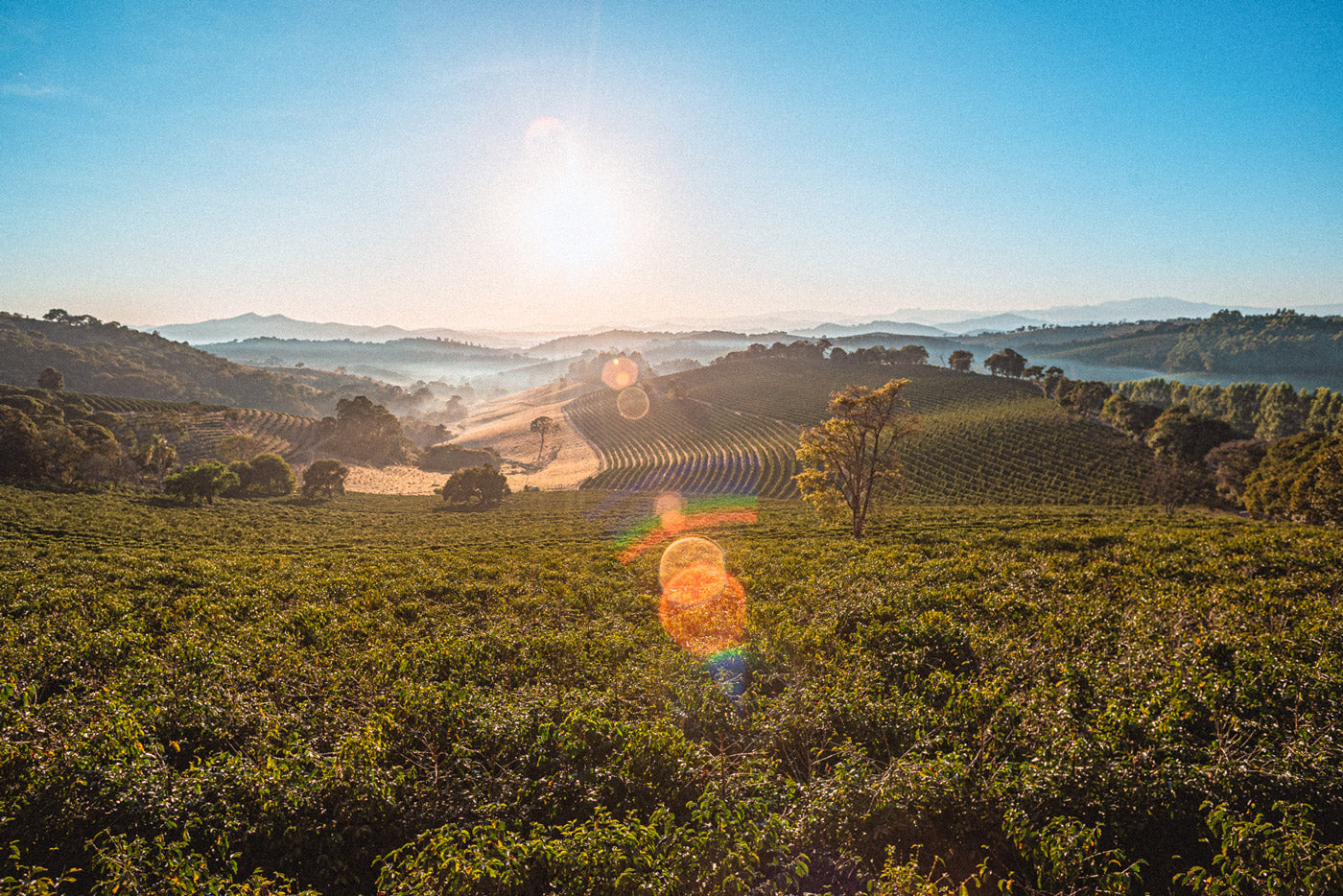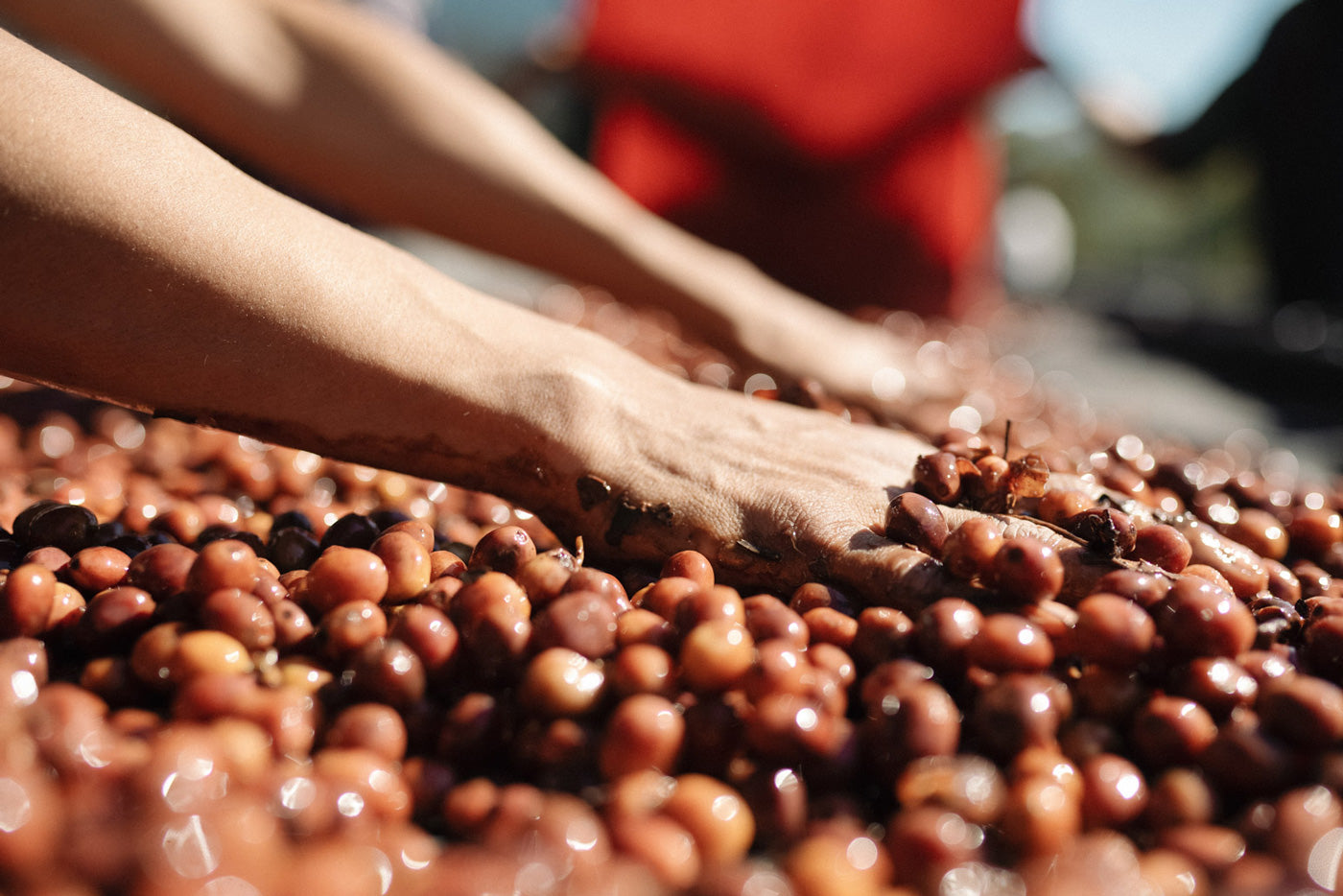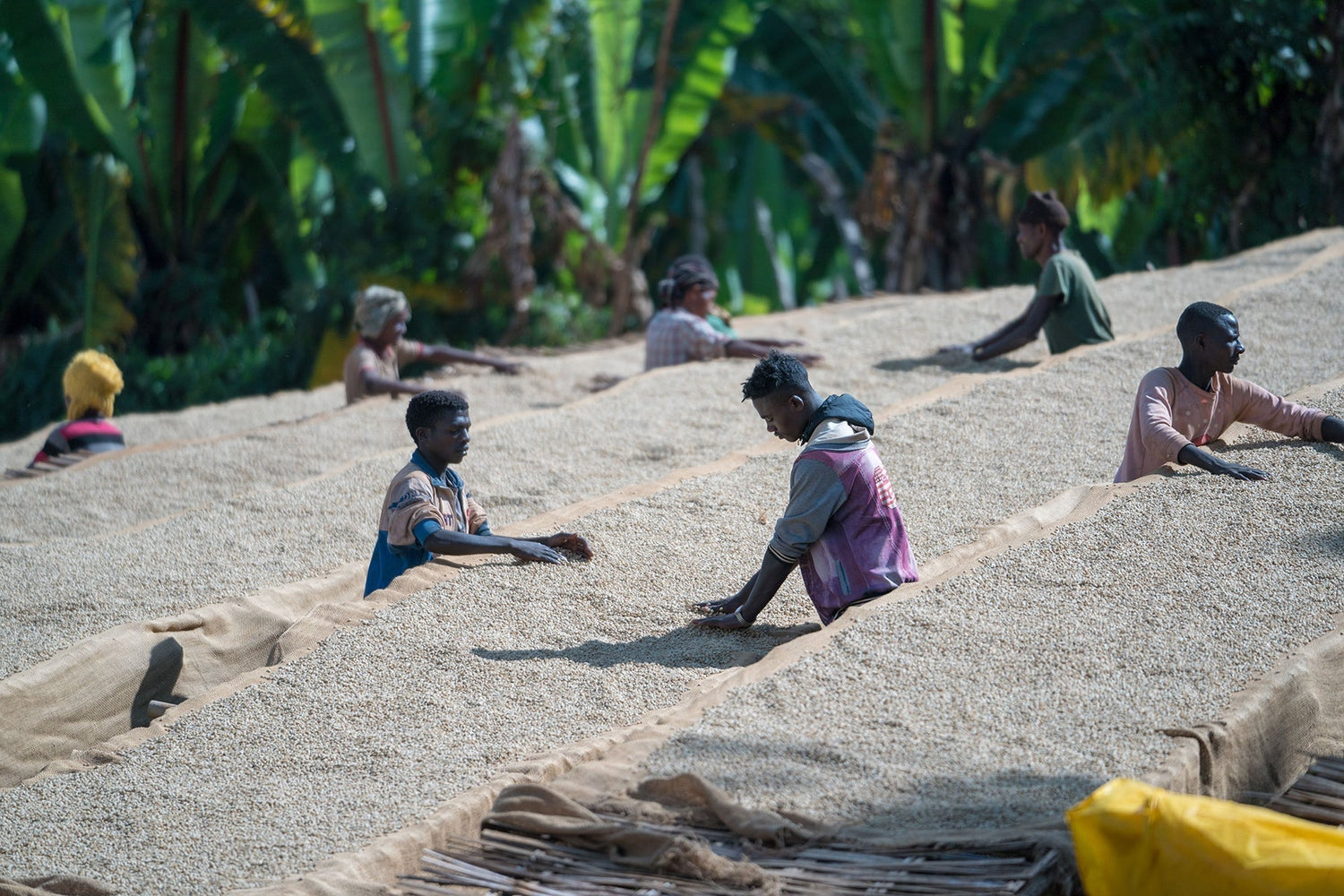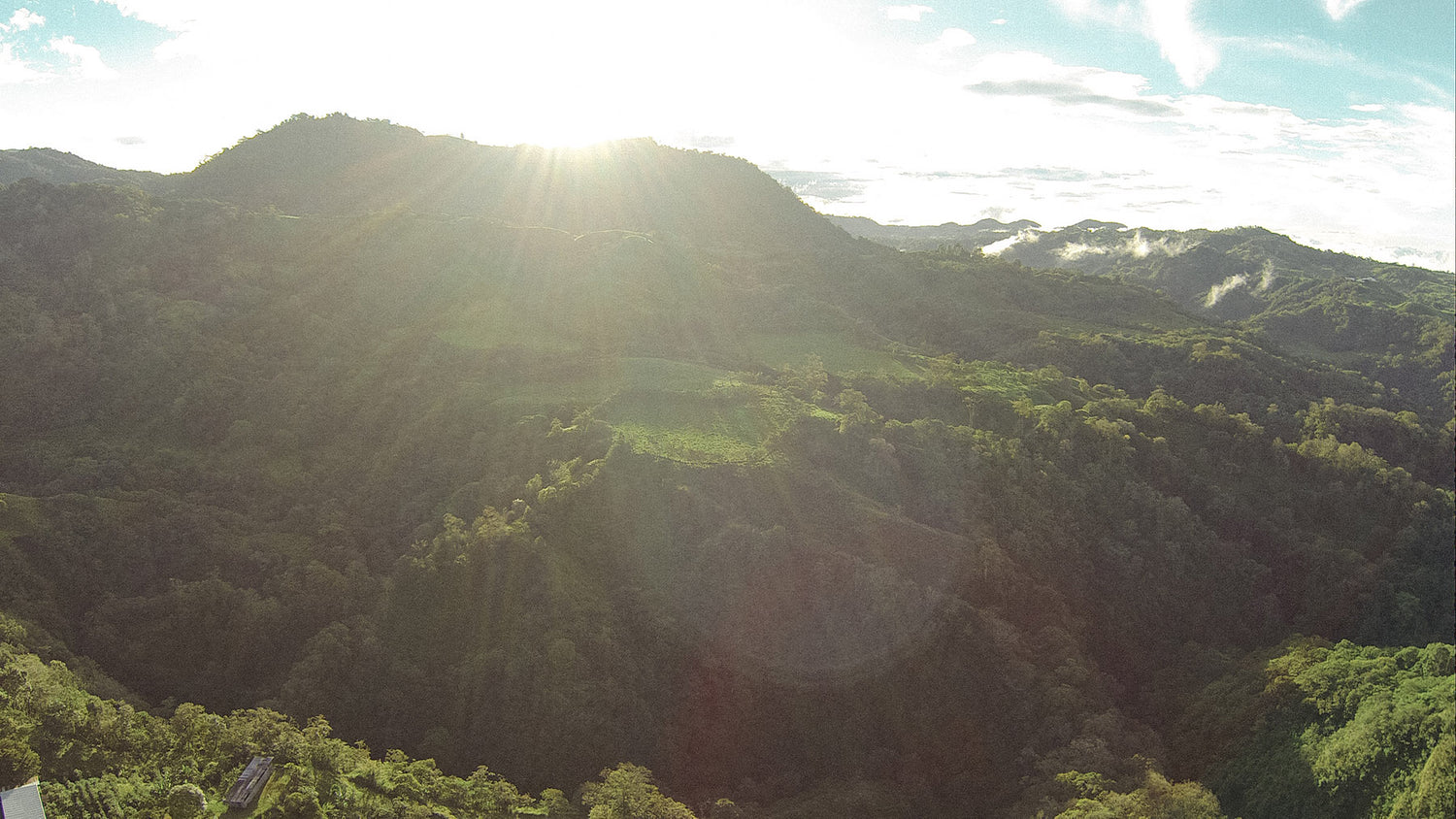The Coffea, as the coffee plant is called in professional circles, originally comes from tropical Africa, more precisely from Ethiopia, where it was discovered in the 9th century. Coffea is actually a very sensitive plant and only grows under optimal climatic conditions.
The plants grow best in countries that are close to the equator. The regions and countries around the equator are therefore known as the coffee belt. The growing areas have a humid, tropical climate. This ensures excellent growth and a quick flowering period.
The two most important varieties are Coffea Arabica and Coffea Canephora (Robusta). In fact, there are other varieties, some of which grow wild in Ethiopian forests or in private gardens. However, the most common types of coffee plant are Arabica and Robusta.













